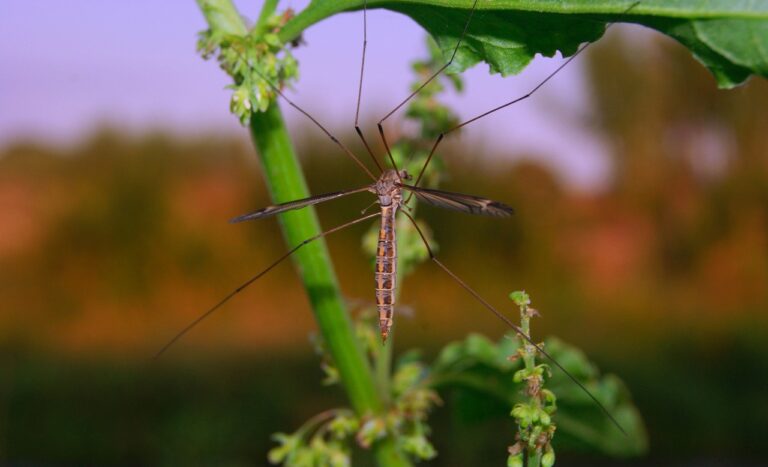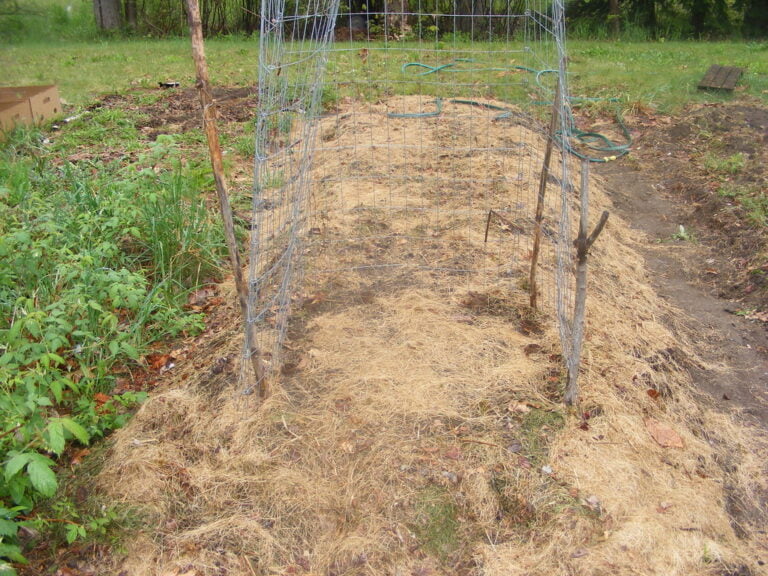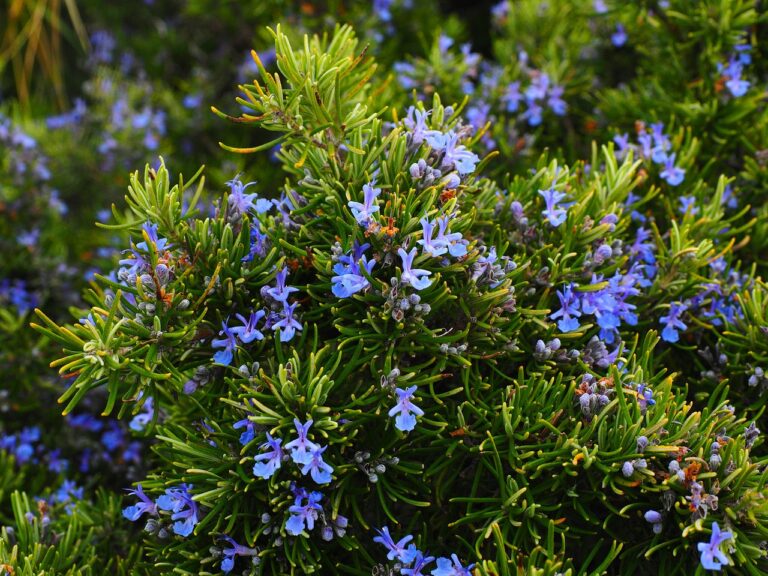The Best Companion Plants for Spinach: A Comprehensive Guide
Looking to maximize the health and productivity of your spinach plants? Look no further! This comprehensive guide will provide you with all the information you need to find the best companion plants for your spinach. From nitrogen-fixing plants to pest-repelling options, shade-tolerant varieties to fast-growing alternatives, we've got you covered. Discover the perfect plant combinations to enhance your spinach crop and create a thriving, harmonious garden. Let's get started on your journey to successful spinach growing!
Nitrogen-Fixing Plants
If you want to improve the health and growth of your spinach, consider planting nitrogen-fixing plants alongside it. Nitrogen is an essential nutrient for plant growth, and spinach, like many leafy greens, requires a significant amount of it. Nitrogen-fixing plants, such as legumes, have the unique ability to convert atmospheric nitrogen into a form that is easily absorbed by plants. By interplanting nitrogen-fixing plants with your spinach, you can enhance the soil's nitrogen content, providing a steady supply of this vital nutrient to your spinach plants. Good companion plants for spinach include peas, beans, and clover. These plants not only help boost nitrogen levels but also provide other benefits, such as shading the soil, preventing weed growth, and attracting beneficial insects. So, why not give your spinach a helping hand by planting nitrogen-fixing plants alongside it? Your spinach will thank you with lush, vibrant growth.
Pest-Repelling Plants
To further protect your spinach from pests, consider incorporating pest-repelling plants into your garden bed. These plants release natural compounds that repel various pests, reducing the risk of damage to your spinach crop. One effective pest-repelling plant is marigold. Marigolds emit a strong scent that repels aphids, nematodes, and other harmful insects. Plant them around the edges of your spinach bed or intersperse them throughout the garden. Another useful plant is garlic. Garlic has a strong odor that deters pests like aphids, slugs, and snails. Plant garlic bulbs near your spinach plants or use garlic spray as a natural deterrent. Additionally, mint is a great option for repelling pests. Its strong aroma keeps away aphids, flea beetles, and rodents. Consider planting mint in pots near your spinach or use dried mint leaves as a natural repellent. By incorporating pest-repelling plants into your garden, you can protect your spinach crop and promote a healthy, pest-free environment.
Shade-Tolerant Plants
Include shade-tolerant plants in your garden bed to provide a suitable environment for your spinach to thrive. When planting spinach in a shaded area, it's important to choose companion plants that can tolerate low light conditions. One excellent choice is lettuce, which not only grows well in shade but also complements the flavor of spinach in salads. Another great option is Swiss chard, a leafy green that thrives in partial shade and adds a pop of color to your garden bed. Additionally, herbs like parsley and cilantro can tolerate some shade and make delicious additions to your spinach dishes. Finally, consider planting shade-tolerant flowers like impatiens or hostas to add beauty and attract pollinators to your garden. By including these shade-tolerant plants, you can create an ideal environment for your spinach to flourish.
Fast-Growing Plants
When selecting companion plants for your spinach, prioritize fast-growing options to ensure a bountiful harvest. Fast-growing plants not only provide shade to protect the delicate spinach leaves from excessive sunlight but also help with weed suppression and nutrient absorption. One excellent choice is radishes, which can be sown directly in the soil alongside your spinach. Radishes grow quickly, and their root system helps break up compacted soil, allowing the spinach roots to penetrate easily. Another option is lettuce, which can be interplanted with spinach to maximize space and provide a variety of greens for your salads. Lettuce varieties like baby leaf or mesclun mix mature rapidly, allowing you to harvest them alongside your spinach. By incorporating fast-growing plants into your spinach bed, you'll enjoy a more productive and diverse garden.
Soil-Improving Plants
One way to enhance the health of your spinach bed is by incorporating soil-improving plants. These plants can help improve the quality of the soil, making it more fertile and nutrient-rich for your spinach to thrive. One popular soil-improving plant is the legume family, which includes plants like peas and beans. Legumes have the ability to fix nitrogen in the soil, which is an essential nutrient for plant growth. Another option is to include plants like clover or alfalfa, which are known for their deep root systems that help break up compacted soil and improve drainage. Additionally, adding organic matter to the soil, such as compost or well-rotted manure, can also improve its structure and fertility. By incorporating soil-improving plants into your spinach bed, you can create a healthy and nutrient-rich environment for your crops to flourish.
Pollinator-Attracting Plants
To attract pollinators to your spinach bed, incorporate plants that are known for their ability to attract bees, butterflies, and other beneficial insects. These plants not only enhance the beauty of your garden but also play a crucial role in pollination, which is vital for the production of fruits and vegetables. Some excellent choices for pollinator-attracting plants include lavender, marigold, borage, and zinnia. Lavender's fragrant flowers are irresistible to bees and butterflies, while marigolds emit a scent that repels harmful insects. Borage, with its blue star-shaped flowers, attracts bees and provides them with a rich source of nectar. Zinnias, available in a variety of vibrant colors, are loved by butterflies. By including these plants in your spinach bed, you'll not only enjoy their beauty but also ensure a thriving population of pollinators in your garden.
Drought-Tolerant Plants
Choose drought-tolerant plants as companions for your spinach to ensure water-efficient gardening. These plants are able to withstand long periods without water, making them ideal partners for your spinach during dry spells. One excellent choice is the succulent sedum, which stores water in its leaves and requires minimal watering. Another option is lavender, a beautiful flowering plant that is not only drought-tolerant but also attracts beneficial insects to your garden. Rosemary is another great companion, as its fragrant leaves can be used in cooking while also providing a natural pest deterrent. Lastly, consider planting agastache, also known as hyssop, which has vibrant flowers and can thrive in drought conditions. By choosing these drought-tolerant plants as companions for your spinach, you can conserve water and ensure a thriving garden even in dry times.
Disease-Resistant Plants
To protect your spinach from diseases, it is important to select companion plants that are disease-resistant and will help maintain the health of your garden. Certain plants have natural defenses against common spinach diseases, making them excellent companions. One such plant is garlic. Not only does garlic have antimicrobial properties that can help prevent diseases like downy mildew and fusarium wilt, but it also repels pests like aphids and spider mites. Another disease-resistant companion for spinach is marigold. Marigolds release chemicals into the soil that can suppress the growth of harmful pathogens, such as root rot and damping-off. Additionally, marigolds attract beneficial insects like ladybugs and lacewings, which feed on pests that can spread diseases. By planting disease-resistant companions alongside your spinach, you can create a healthier and more resilient garden.
Weed-Suppressing Plants
When selecting companion plants for spinach, consider incorporating weed-suppressing plants to help maintain the cleanliness and health of your garden. Weeds can compete with your spinach for nutrients, water, and sunlight, stunting its growth and reducing yield. By including weed-suppressing plants in your garden, you can create a natural barrier that minimizes weed growth and reduces the need for manual weeding. Some effective weed-suppressing plants to consider are clover, sweet alyssum, and marigold. These plants not only suppress weeds but also attract beneficial insects that prey on pests, creating a healthier ecosystem for your spinach. Additionally, using a thick layer of organic mulch, such as straw or wood chips, can further suppress weed growth by blocking sunlight and preventing weed seed germination. By incorporating weed-suppressing plants and mulch into your garden, you can maintain a clean and healthy environment for your spinach to thrive.
Succession Planting Options
Consider incorporating companion plants that can be planted in succession with spinach to maximize your garden's productivity and yield. Succession planting involves planting different crops in the same space one after another, allowing you to have a continuous harvest throughout the growing season. When it comes to spinach, there are several options for succession planting. One popular choice is to plant radishes after harvesting spinach. Radishes have a quick growing cycle, allowing you to harvest them before your next crop is ready. Another option is to plant lettuce or other leafy greens alongside your spinach. These plants have similar growing requirements and can be harvested at different stages, providing a steady supply of fresh greens. Finally, you can consider planting beans or peas after spinach. These legumes not only fix nitrogen in the soil, but they also provide a different type of harvest, adding variety to your garden. By incorporating these succession planting options, you can ensure a continuous supply of fresh produce throughout the season.
Conclusion
In conclusion, choosing the right companion plants for spinach can greatly enhance its growth and protect it from pests and diseases. Nitrogen-fixing plants like legumes provide the necessary nutrients, while pest-repelling plants like marigolds keep away harmful insects. Shade-tolerant plants like lettuce can be grown alongside spinach to maximize space. Fast-growing plants like radishes can help with weed control and succession planting options ensure a continuous harvest. By considering these factors, you can create a thriving and productive spinach garden.






